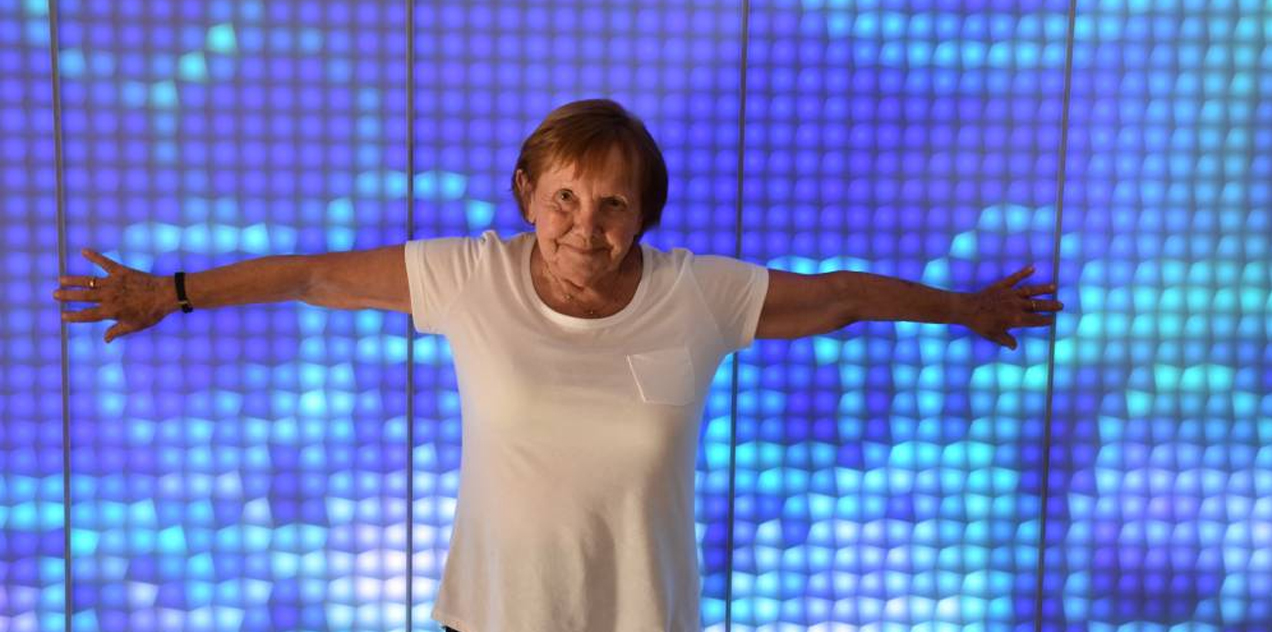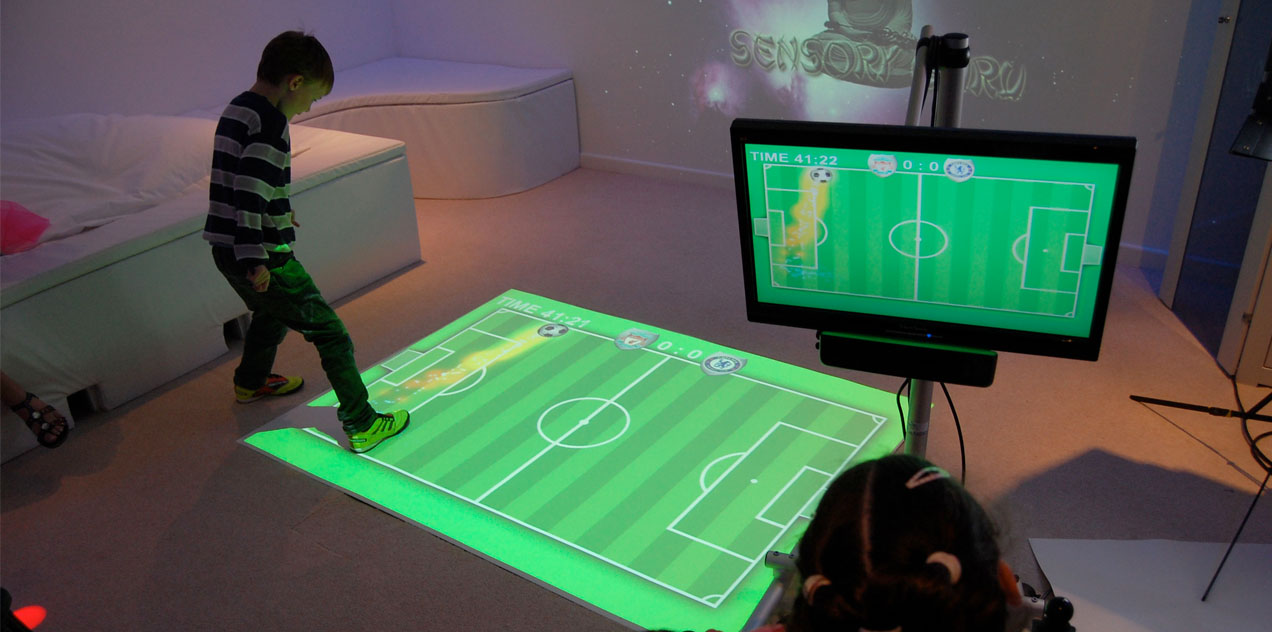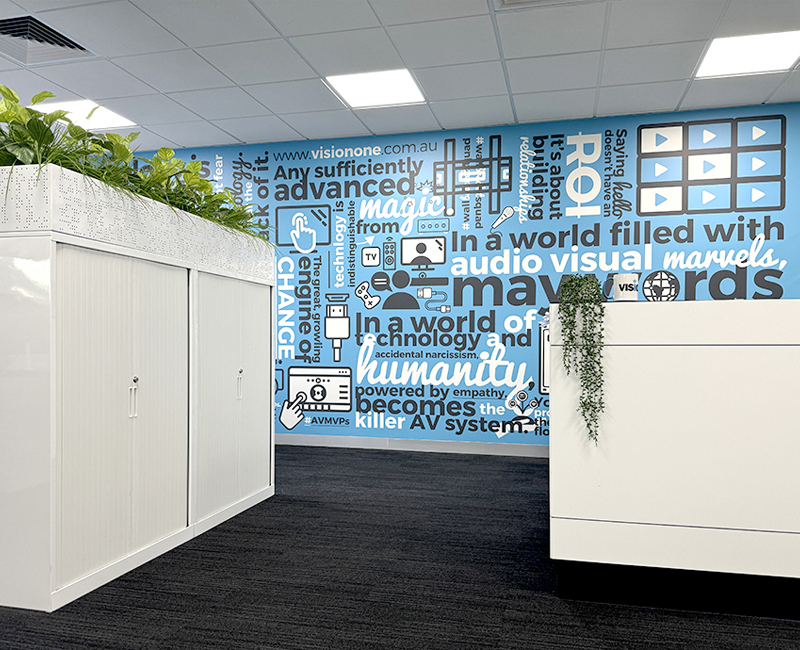Interactive Digital Walls Bring Delight to Aged Care
Bright colours, moving shapes and interactive screens: an interactive, digital wall can bring joy to...
Take it to the Floor! Motion Interactive Floor Projection
Interactive Floors and Walls – A Motion Gaming System Keep your eyes on the floor...











